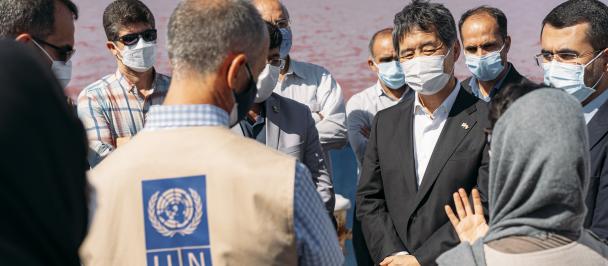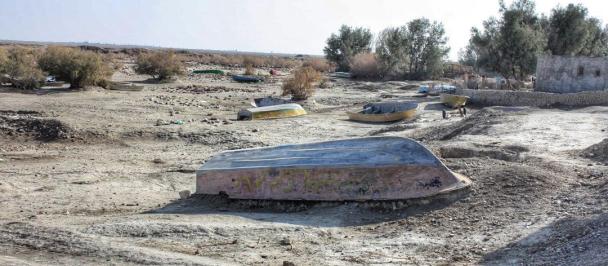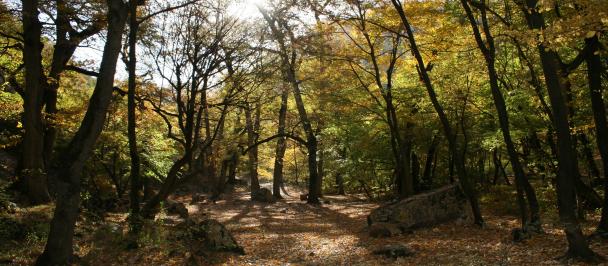Conservation of Iranian Wetlands Project - Phase II (Scale-up)
Background:
After successful completion of the Conservation of Iranian Wetlands Project (CIWP) as a joint initiative between the Government of Islamic Republic of Iran (led by the Department of Environment), Global Environmental Facility (GEF) and United Nations Development Program (UNDP) in 2013, a scale-up phase started by DoE and UNDP to sustain the achievements of CIWP throughout the country, ensuring that its outcomes are systematically up-scaled both vertically and horizontally throughout the country.
Since its start, the project has supported introduction of integrated and participatory ecosystem-based approaches for conservation of around 34 Iranian Wetlands, while raising the capacity of experts in the DoE and other stakeholder organizations. This happens through development and implementation of Wetlands Integrated Management Plans, putting in place a strong wetlands ecosystem management legislative platform and inter-sectoral administrative structures, development of Communication, Education, Participation and Awareness Raising (CEPA) Plans and sharing the CIWP and other wetlands initiatives, knowledge and lessons learnt at the national and international levels.
In 2014, with the financial contribution from the Government of Japan, a new component for “Modelling Local Community Participation in Lake Urmia Restoration” was also added under the current project with a strong focus on capacity building of the local community and authorities as well as NGOs and training as the main tools of development projects with participatory approach. The project is now in its 7th phase and covers 150 villages (95 in West and 55 in East Azerbaijan), with different small projects and activities on various areas to strengthen people’s participation and involvement including alternative and sustainable livelihood, micro-credit funds, and Payment for Ecosystem Services (PES).
Key achievements to date:
- Successfully introduced participatory ecosystem-based approaches for the conservation of Iran’s wetlands now being rolled out in 25 provinces and 38 wetlands across the country.
- The wetland management capacity and awareness of various national and local stakeholders was enhanced through the dissemination of CIWP’s achievements and best practices as well as complementary tools through establishment of online platforms.
- Strengthened inter-sectoral collaboration through establishment of national and local wetland management committees and the secretariats.
- Strengthened wetlands management legislations and regulation at national level through preparation of the Parliament Act, National Wetland Conservation Strategy and Action Plan and establishment of National Wetlands Coordination and Management Headquarter.
- Modelling local communities' participation in Lake Urmia restoration
through establishment of sustainable agriculture and biodiversity
conservation in 202 pilot villages (123 in West Azerbaijan and 79 in East
Azerbaijan) which resulted in an average of 27/1% improvement in irrigation
efficiency and 56/8% reduction in the usage of chemicals at farm level (Phase
1-5):
- Number of farmers involved: 13,500
- Trained farmers (Resource persons): 4,500
- Trained local experts (Resource persons): 300
- Employment: 300 local experts
- Number of local implementing partners (Companies and cooperatives): 34
- Women Engagement and Empowerment:
- Number of NGOs involved: 12
- Number of rural women trained to take role in Lake Urmia restoration: 800
- Establishment of micro-credit funds and alternative livelihood by women groups: 21 villages
- Number of rural women involved in green jobs: More than 700
- Awareness raising and social responsibility improvement trough holding capacity building and training workshops, festivals, exhibitions, street theaters as well as preparation and dissemination of several publications, guidelines, videos, television broadcast for different target groups

 Locations
Locations


